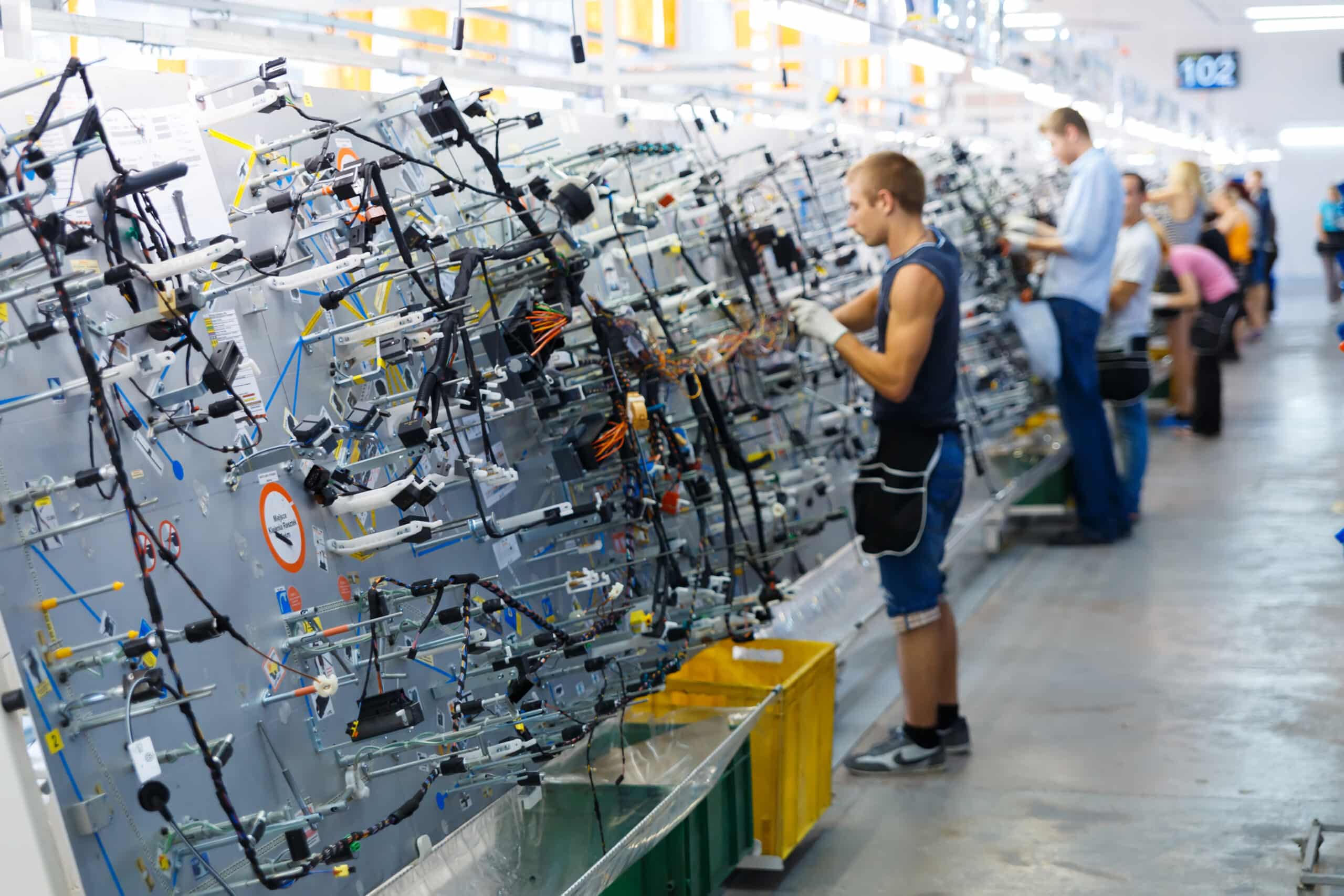Hmm, la oss si at trafoen har 5 ohm resistans på primærsiden. Det er noen meter tynn kobbertråd der, så det tallet er ofte noen få ohm. Kobber har en temperaturkoeffisient på 0,4 % pr grad. La oss si at trafoen er stabilisert ved 20 grader romtemperatur før du slår på forsterkeren. Så slår du den på, og varmen fra utgangstransistorene varmer opp trafoen. Hver grad temperaturøkning betyr at resistansen på primærsiden har økt med 20 milliohm, like mye som å doble lengden eller halvere tverrsnittet på apparatkablene. Hvis du i stedet stiller termostaten i rommet på 21 grader vil både starttemperaturen og temperaturen ved ny likevekt bli en grad høyere, og du har igjen tilført 20 milliohm seriemotstand bare der.
Det burde i så fall bety at apparatet låter helt forskjellig avhengig av romtemperatur og driftstemperatur. Skjer det?

www.cirris.com
Har ikke bakgrunn nok for dette. Men skjønner jo att du aldri vil kjøpe hva vitenskapen sier.
Til det dette tema har du/dere flagget utsagnet "ingen virkning, påvirkning fra verken kabler eller filtre,og dersom noen påvirkning skyldes dette feilkonstruert/defekt elektronikk.
Jeg for min del som ikke har noen utdannelse å snakke om velger å forholde meg til vitenskapen og hva den sier,
og på tilbakemeldinger samt personlig forklaringer fra den fremste forsker på fagområdet.
The main components expected to be damaged by supraharmonic currents, driven by supraharmonic voltages, are the electrolyte capacitors commonly used in EMCfilters and as smoothing capacitors connected after a diode rectifier
At the resonance frequency the only thing left to damp a signal is the resistive part of the circuit. Inside an installation like a detached house, capacitances will be present in the form of appliances (in their EMC filter or in the form of the dc-side capacitor behind a diode rectifier) and inductances in the form of wires and some appliances (directly-connnected motors). The resistive elements are present in the wiring and in some appliances (e.g. espresso machines and tea-water cookers). The latter contribution is reducing in number, among others by the replacement of incandescent lamps with electronic lighting.
In [78] a series of measurements were conducted to see the impact from the wires on the impedance in an installation. It was shown that by varying the length of the wires (and as a result also the inductance) to an appliance equipped with a capacitor at its terminals the frequency dependent impedance changed consequently. The length of the power cord was altered from 0 to 46 meters and as a result the frequency with minimum impedance shifted from 78.6 kHz to 38 kHz, all the time within the supraharmonic range. In [79] it was shown that a common mode resonance is likely to occur in the frequency range 2 to 150 kHz between parallel connected EMC-filters.
Based on the theory that the wires in an installation can have an effect on the resonance in the higher frequency range, some calculations and simulations were performed. In all cases the appliances are considered as a current source behind a capacitor, in the same way as in [15]. The case of a single appliance connected to the grid via a wire is shown in Figure 23 w
A longer wire would shift the resonance peak to a lower frequency and somewhat increase the amplification. Both transfer function and transfer impedance show a decrease with increasing cable length.
The recent increase in large converter-based devices like electric vehicles and photovoltaics increases supraharmonic emissions in low-voltage grids, potentially affecting customer equipment and the grid. This paper aims to give an overview of the different factors influencing supraharmonic...

www.mdpi.com
For low-voltage networks, the resistance is dominating, especially close to equipment. Hence, for low frequencies (<2 kHz) it can be assumed that Zg is largely resistive. However, for higher frequencies the reactance of the cable will increase and can become dominant and the influence from impedances of neighboring equipment can play a role due to their capacitive nature.
Adding extra devices will create a different impedance seen by the device and will possibly affect supraharmonic emission. However, it is important to note that for each frequency, this model has different parameters, as device impedances (often capacitive due to filters) and grid impedances (often inductive due to cable and transformer characteristics) change with frequency.







